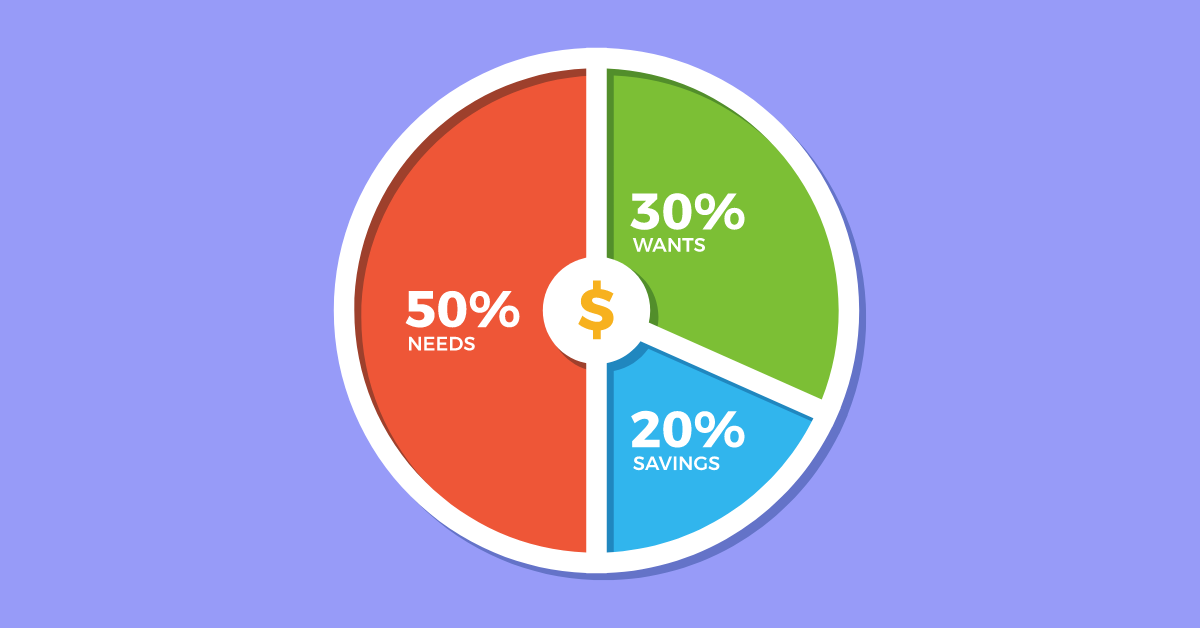Technical analysis investing is more complex and tricky than fundamental analysis; the former is too technical. We have tried to simplify this complexity in this article by explaining the jargon around stock market analysis for a layman to make sense of it. In addition, this article will comprehensively cover the different types of chart options available in stock market analysis and what they signify.
What is a Technical Analysis of stocks?
Before learning how to perform technical analysis, let’s try to get an accurate understanding of what we mean by technical analysis.
Technical analysis of stocks can be defined as the process of anticipating the price of any stock using different technical analysis charts. The fundamental assumption in technical analysis is that the price of a security moves in patterns or trends. Another critical assumption is that all the fundamental factors are reflected in the security price, which is the basic tenet of stock analysis using technical charts.
Historical Price
The price of a stock is expected to move in a trend or cycle, and, thus, the historical price levels in stock market analysis using technical analysis play a crucial role. The historical price tells us a lot about the future price of any stock. Traders get the correct entry and exit points in their trades based on the historical performance on their charts. This is how technical analysis investing works, and thus even many fundamental investors perform technical analysis at times to gauge the correct entry levels for any stock.
Technical Charts
Technical analysis charts are the only weapon any technical trader has in their arsenal. This chart has a price (y-axis) plotted against time (x-axis) in linear or other forms. The other form could be a candlestick chart (highly preferred), or it could be a point and figure chart, bar chart, or a Renko chart, etc. However, the most preferred form of technical chart is candlestick charts.
Technical analysis is highly dependent on two of the parameters mentioned below:
- Time Frames
- Technical Indicators
Time Frames
This time frame is the duration of the range of the candlestick chart. For instance: If it’s a 5-minute time frame chart, then it means a single candle is showing the price every 5 minutes. The time frame ranges from 1 minute to a year and is considered one of the famous stock market analysis techniques of technical analysis. Some of the famous time frames used widely are:
- 5 minutes chart
- 15 minutes chart
- Hourly chart
- Daily chart
- Weekly chart
- Monthly chart
Intraday traders prefer the time frame of 5 minutes or 15 minutes for technical analysis. However, investors with a longer investing horizon typically prefer a daily, weekly or monthly time frame chart.
Technical Indicators
The chart only tells you the price movement at different times. While conducting stock analysis using technical analysis techniques, a trader has to apply many indicators to give a better perspective of the likely behaviour of the stock. These indicators are explained briefly in this section and help a user while conducting the technical analysis of stocks.
-
Relative Strength Index (RSI): It is
a momentum indicator that is known to inform whether a
security is overbought (RSI > 70) or oversold (RSI
< 30).
-
Support and Resistance: These are
price points in a stock’s chart that indicate the
level to which the share price will fall (support) and
to what level it is expected to move up (resistance).
These points are plotted from the historical share
price’s trajectory.
-
Demand and Supply Zones: These zones
are an extension of support and resistance but are
more technical. Buyers are waiting at the demand zone
to buy the stock, and sellers are waiting at the
supply zone to sell that stock.
-
Moving Averages: This is an advanced
representation of the average price of any stock, and
it is used to identify trends in a chart.
-
Fibonacci Retracement: This is a
slightly complex concept involving support and
resistance lines with different percentages. These
percentages track the level of retracement that can be
expected at the share price.
-
Moving Average Convergence Divergence (MACD): MACD is a trend-following momentum indicator known to
represent the relation between two different moving
averages.
- Volume: As the name implies, this is the active volume of a share being traded at any point in time in the market. Higher volumes represent higher liquidity, and vice versa holds as well.
Many such indicators are used in different types of technical analyses by various traders. We have cherry-picked the critical indicators used globally for several decades for you and have covered them above.
Conclusion
This is all we had for our readers in this edition of a guide to performing technical analysis of stocks. We hope you have a better understanding of how to analyse the stock market using technical analysis as a tool. The bottom line is that practice enough technical patterns and indicators before applying them to a trade involving real money.
We at WealthDesk, provide portfolios called WealthBaskets from experienced investment professionals registered with SEBI. Happy Investing!
FAQs
Yes, you can enroll in a CMT (Chartered Market Technician) course that has 3 levels. In this course, you will get to deep dive into what technical analysis is all about.
Technical analysis investing focuses only on the price action on the technical charts, while fundamental analysis focuses on the company’s financials, news flows, industry analysis, etc.
A green candle means that the opening price of the stock in that time frame is lower than its closing price. On the flip side, the vice-versa applies to the red candle.
Some of the prominent indicators are RSI, Moving Averages, MACD, Bollinger Bands, Volume, VWAP, etc., to name a few.


















